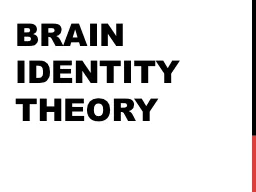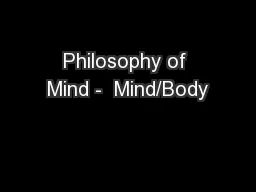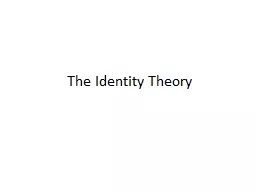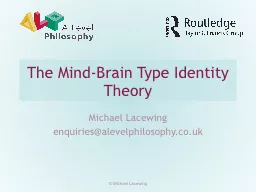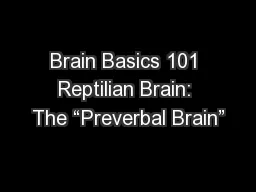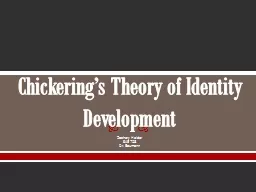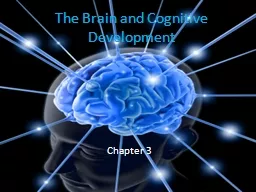PPT-Brain identity theory
Author : pamella-moone | Published Date : 2016-04-10
Chomskys Conclusions First insofar as the stimulusresponse talk is useful it is only useful when supplemented with internal facts about the speakers mental states
Presentation Embed Code
Download Presentation
Download Presentation The PPT/PDF document "Brain identity theory" is the property of its rightful owner. Permission is granted to download and print the materials on this website for personal, non-commercial use only, and to display it on your personal computer provided you do not modify the materials and that you retain all copyright notices contained in the materials. By downloading content from our website, you accept the terms of this agreement.
Brain identity theory: Transcript
Download Rules Of Document
"Brain identity theory"The content belongs to its owner. You may download and print it for personal use, without modification, and keep all copyright notices. By downloading, you agree to these terms.
Related Documents

